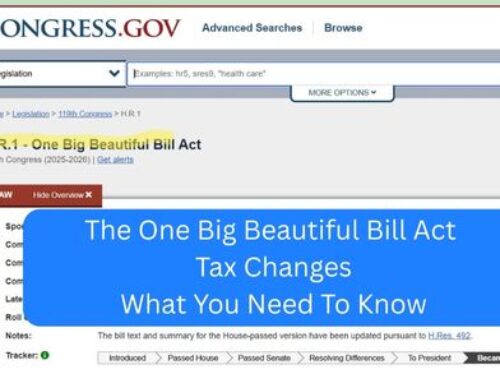The 4% Rule: Is It Right For Your Retirement?
If you’ve done even limited reading within the retirement planning space, you’ve probably come across the 4% “Rule”. You may have seen headlines like – “The 4% Rule is Dead” or “The 4% Rule is now 3.5% (or 4.2% or if you listen to Dave Ramsey 8%)”. So what is the 4% rule and why should you care. It originated in a 1994 article, Bill Bengen wrote for the Journal of Financial planning called “Determining Withdrawal Rates Using Historical Data”. Before that, there really wasn’t a good rule of thumb on how much someone could take from their portfolio on a yearly basis to prevent from running out of money.
So, while the number isn’t the important thing (to a point), what does the overall framework tell us?
The 4% “Rule”
This was the starting percentage of funds that could be safely withdrawn from a 50/50 stock / bond portfolio and not run out of money over 30-year retirement when each subsequent year withdrawal increased with inflation.
Let’s look at an example. If you have a $1 million portfolio, the 4% “rule” posits that you could safely withdrawal $40,000 from your portfolio in year 1 and then assuming 2% inflation you could withdraw $40,800 in year 2. You could continue to do this for a 30-year retirement period without running out of money.
Criticism of the 4% Rule
Over the last 40 years, many planners and other people have poked holes in this plan. To be fair, I don’t think Mr Bengen was trying to say this is exactly how you should do it. I believe he was looking to provide a framework for thinking about retirement withdrawals because before this every planner did it their own way without any true understanding of whether it would work.
Here are a few of the most common criticisms
Level Income Every Year
Most people do not spend the exact same amount every year for 30 years. Some years you may want to travel more or buy the boat. Based on the assumptions, you’d have to figure out a way to save previous year’s money before the purchase or finance these bigger purchases even though you may have plenty of money to buy it outright.
Difference between 2 starting years
Let’s save Jack and Jill were planning to retire in January 2000 with their $1,000,000 portfolio. The 4% rules says they could take out $40,000 that first year. The problem is this was just before the .com bust and stocks dropped precipitously. Let’s assume that the portfolio is now $800,000. The 4% rule says they could still take out $40,000 + inflation in 2001. But if instead they were planning to retire in 2001 and start the 4% rule, they’d begin their retirement withdrawing only $32,000 per year. This is another $8,000+ difference even though it’s the same people a year apart.
Too Safe
If you implemented the 4% rule at most points in history, you would have ended up with significant money in your accounts at the end of the 30-year period. That can be both good and bad. It’s bad because I view (unintentional) dollars left over as life you missed out on. There is no prize for dying with the most money in the bank. Now, it can be good because you’ll have some left over for your heirs. But if that’s a goal, it’s much better to incorporate that into your plan.
Wrap Up
So is the 4% rule worthless? No. I find it to be a useful framework for discussing with clients and prospects how much money they might need to generate a certain amount of income. It just isn’t the best way to actually plan how much you’ll need in retirement to meet your lifestyle and goals. For that, I believe on-going planning and developing a “transparent” asset plan works best.
If you liked this, here’s another retirement income blog post.



